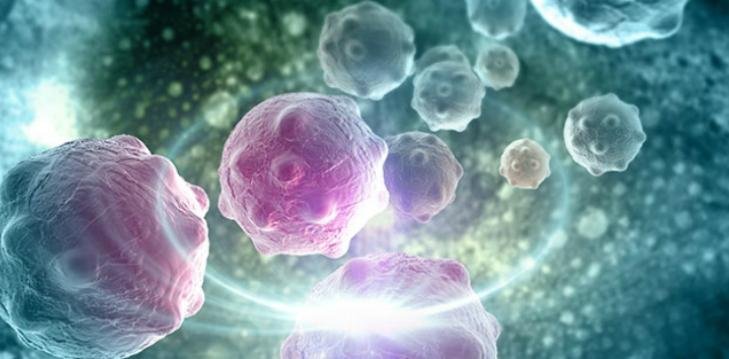Singleron introduces new instruments to streamline single cell analysis workflow
16 June 2023 | Friday | News

Image Source : Public Domain
Scientists and clinical researchers appreciate the prospect of portable instruments that easily fit into any laboratory, whilst delivering results that are accurate and reproducible. The introduction of single cell sequencing library processing system NEO and tissue dissociation instrument Python Junior is aiming to meet such needs in the field, to make single cell sequencing accessible for every laboratory.
Python Junior is specifically designed to streamline the dissociation process from solid tissue to high-quality single cell suspension, combining mechanical treatment and enzymatic digestion. It has the flexibility to run two independent channels and program options, whilst efficiently dissociating a broad range of tissue types. The instrument is suitable for a wide range of input volumes which is pertinent for clinical samples.
NEO simplifies the operation process for single cell sequencing library construction by providing fully automated chip priming, cell partition, cell lysis and nucleic acid capture. It can be used with a variety of unique single cell multi-omics solutions from Singleron. Providing high throughput of up to half a million cells in one run on four independent channels, this instrument adds flexibility to the single cell sequencing workflow, allowing simultaneous chip running with different throughputs and applications.
Standardization and automation are features required to translate new technologies to clinics. Singleron's two new systems are designed with such requirements in mind to help move single cell sequencing closer to applications in precision medicine.
Most Read
- The New AI Gold Rush: Western Pharma’s Billion-Dollar Bet on Chinese Biotech
- Top 25 Biotech & Biopharma Leaders in Sustainable Innovation, 2025
- China’s Biopharma Dealmaking Surges in H1 2025, Driven by Record Licensing and Oncology Focus
- Chikungunya in China: How a “Forgotten” Arbovirus Found the Perfect Storm
- How Innovation Gaps in Biopharma Raise New Safety Concerns
- Smart Implants and the Future of Musculoskeletal Injury Treatment
- How Ethical Gaps in Psychiatry Could Undermine Biopharma Progress
- The Evolving Landscape of Women’s Health Innovation in the Asia-Pacific
- Using NLP-Driven Decision Support in Emergency Health Assistance
- Taiwan Steps Into the Global Spotlight With a New Cancer Therapy
- The Role of Unique Device Identification (UDI) in Tracing Medical Device Safety
- The Importance of a Patient’s Mental Health During Clinical Trials
Bio Jobs
- The State of Biotech and Life Science Jobs in Asia Pacific – 2025
- Avantor’s New CEO Ligner Aims to Unlock Global Potential and Deliver Shareholder Value
- AstraZeneca Commits $50 Billion to U.S. Expansion by 2030 in Biggest-Ever Global Investment
- Thermo Fisher, SAMRC, and South Africa’s Department of Science and Innovation Launch CATIR to Nurture Next-Gen Scientists
- Cube Biotech Appoints Former Sartorius CEO Dr. Joachim Kreuzburg to Board of Directors
- FDA’s AI Transition Marks a Turning Point in Drug Review: Industry Faces Pressure to Adapt Amid 20% Workforce Cut
- WuXi XDC Completes Mechanical Build of Singapore Bioconjugate Manufacturing Hub
News
Editor Picks











